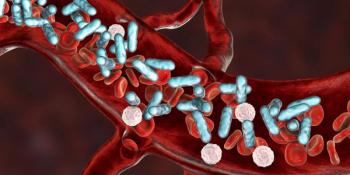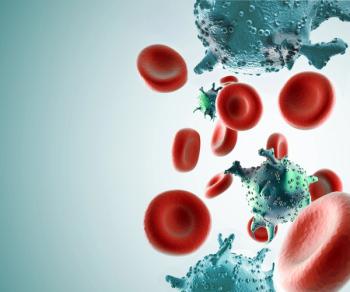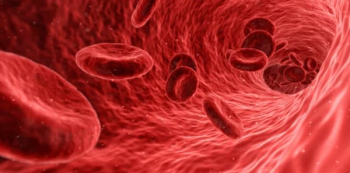
Many Children With ALL Do Not Take Medicine as Directed
Children with acute lymphocytic leukemia and their parents commonly over-report the amount of daily oral chemotherapy the child takes to treat the most common blood cancer in children.
Children with acute lymphocytic leukemia (ALL) and their parents commonly over-report the amount of daily oral chemotherapy the child takes to treat the most common blood cancer in children, according to a new study.
Durable remissions in childhood ALL require about 2 years of maintenance chemotherapy that includes daily oral 6-mercaptopurine (6-MP). Studies have shown that electronically measured 6-MP adherence rates of less than 95% were associated with a 3.7âfold increased risk of relapse, said Wendy Landier, PhD, RN, of the University of Alabama at Birmingham, Alabama.
Dr. Lanier presented the results at the 57th Annual American Society of Hematology (ASH) Meeting and Exposition, held December 5–8 in Orlando, Florida (
“Accurate assessment of 6-MP intake is crucial to ensure timely intervention for nonâadherent patients,” she said.
Selfâreport of adherence is convenient and inexpensive, but may not be accurate, she and her colleagues found after conducting a prospective, longitudinal cohort study of 416 children, ranging in age from 2 to 20 years old.
Treatment intake for each patient was measured electronically using a system that recorded each date and time the 6-MP bottle was opened. At the end of each month, the child or parent also reported the number of days that 6-MP had been taken during the preceding month.
The researchers categorized the patients as perfect reporters if the self-report matched the electronic report, over-reporters if the self-report indicated more doses than the electronic report by 5 or more days per month for more than half of months of monitoring, or “others.”
Only 12% of patients were identified as perfect reporters; about one-quarter were over-reporters and about two-thirds were considered “others.”
For each increasing year of age of the child, the risk of over-reporting increased by 7%. Race was also a factor, as Hispanic children/parents were 2.4 times more likely to over-report, Asians were 3.1 times more likely to over-report, and African Americans were 5.3 times more likely to over-report when compared with non-Hispanic white children/parents. Children whose father did not attend college were 2.1 times more likely to over-report.
Children whose adherence rate was less than 95% of prescribed doses were 8.6 times more likely to overstate their monthly doses, when compared with children who adhered to prescribed 6-MP. More than three-quarters of over-reporters were non-adherent, as compared to only 1 of 50 (2%) of the perfect reporters.
“Overâreporting of 6-MP ingestion is common, with 88% of patients or parents overâreporting the number of days 6-MP was taken and 24% overâreporting by 5 or more days in more than 50% of the study months,” said Dr. Lanier.
She noted that there was a modest correlation between selfâreport and electronic monitoring–based 6-MP intake.
These findings suggest that “subjective reporting of 6-MP ingestion during maintenance therapy for childhood ALL is common particularly in nonâadherent patients and should be used with caution,” Dr. Lanier said.
Newsletter
Stay up to date on recent advances in the multidisciplinary approach to cancer.

















































































